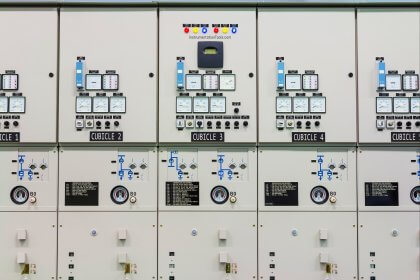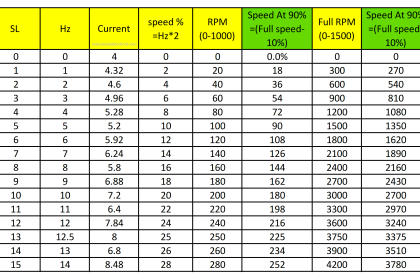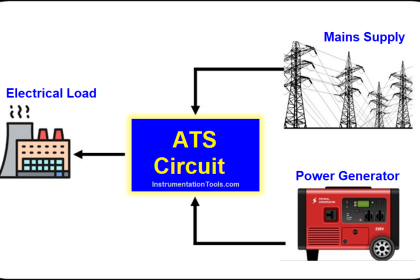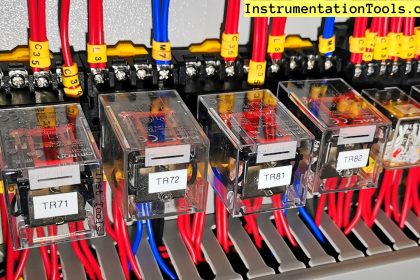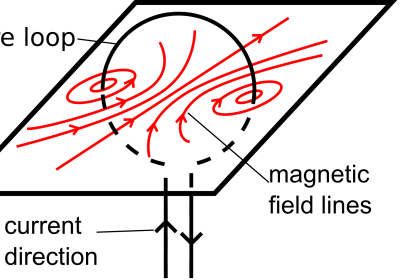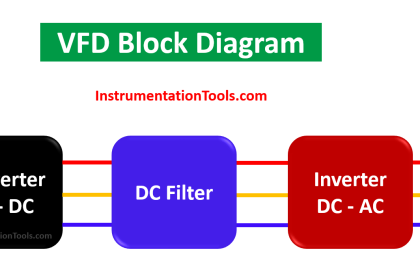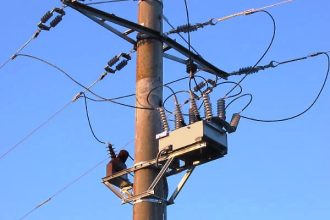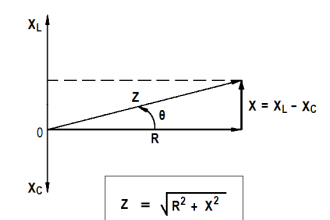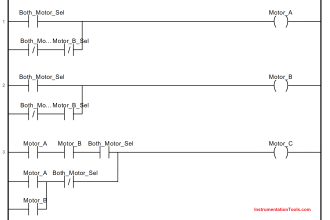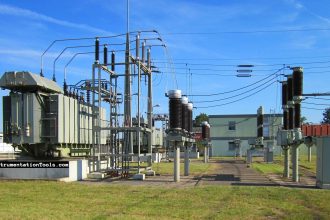An electrical signal, as everyone knows, has three connections in it – phase, neutral, and earth. Every wire connection plays an important role in the safe passage of electrical signals through the load.
To summarize quickly, a phase wire is used to carry the main load current for the load; a neutral wire is used to carry the return current (very minimum or even negligible) back to the source and an earthing wire is used to carry the leakage current to the ground.
As our topic is related to the neutral wire, we will see it more deeply. In neutral wire, a common issue exists and if not corrected, it will damage the electrical circuit quickly. The issue is floating neutral.
What is Floating Neutral?
A single-phase connection has one live wire whereas a three-phase connection has three live wires. They carry the required current for the load connected.
In an ideal condition, when the load connected is balanced, the sum of all the return currents from each phase to the load and back will be zero. This is because the load is consuming an equal amount of current from each of the phases. And as the neutral wire carries the return current, the current flowing through it will be zero.
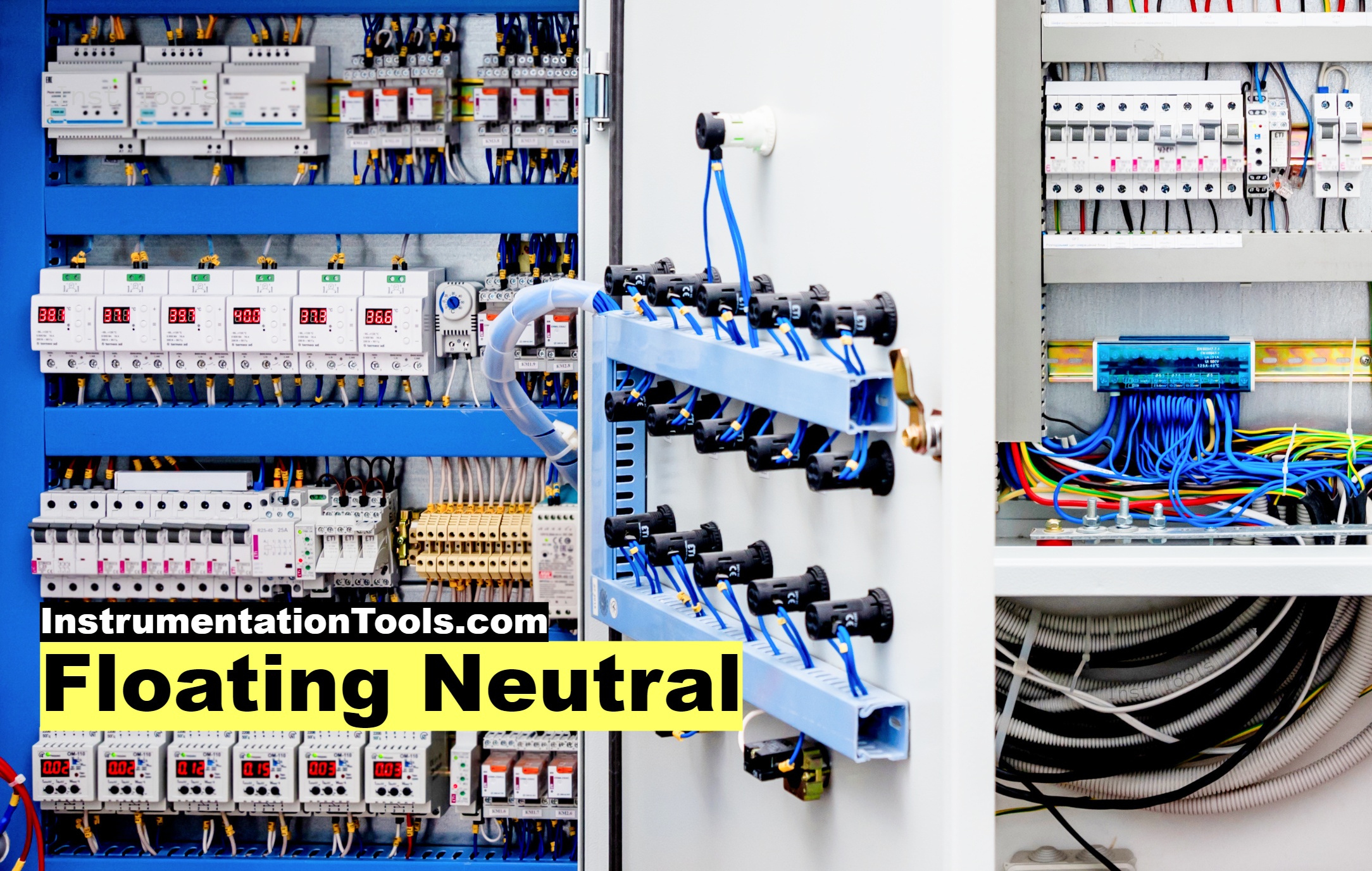
But, this condition is only theoretical; it is difficult to execute it practically. The load takes different amounts of power from each of the phases (in a three-phase connection). A load can never take the same amount of power from each of the phases.
Because it is possible that one load may take 10W from one phase and the other may take 8W. In that case, the differential current will start to flow in the return line. So, a neutral wire will carry this return current back to the source and nullify the circuit. Thus, it helps in maintaining the return current of an unbalanced load.
Now, let us assume that the neutral wire is broken or not connected to the load. As for an unbalanced load, due to some return differential current that was flowing through the neutral wire, this condition will not happen now. In that case, the return current needs some path to flow and it will either flow through the load body or go in some other phase.
So, if a load is designed to carry only a rated amount of current and it suddenly gets this extra spike of current, then it will get damaged. Or else, if it flows through the load body, a person touching it can expose himself to electric shock.
So, a neutral wire is very important in carrying the load return differential current back to the source. Any improper connection of neutral means floating neutral, meaning the value of load keeps changing or floating because there is no connection to neutral and there is no path for return current.
Effects of Floating Neutral
- The first and foremost threat as discussed earlier is an increase or decrease in the voltage of any phase. A load connected in the corresponding phase may experience an abnormal out-of-range voltage, causing it to damage. It may even catch fire or result in permanent damage to the device.
- The second issue of floating neutral is the leakage through the device body. As the return current finds no path to escape, it will eventually flow through the device body, causing electric shocks for any accidental touch.
- A high abnormal spike through a circuit can trip a circuit breaker constantly and not allow the circuit to conduct the current.
Floating neutral is a very hazardous condition for an electrical system. It must be fixed by checking the neutral wire connection frequently and inspecting whether there is some leakage or breakage in the wire or not. Rust or corrosion after prolonged use can also result in damage to the wire, which must be prevented.
If you liked this article, then please subscribe to our YouTube Channel for Electrical, Electronics, Instrumentation, PLC, and SCADA video tutorials.
You can also follow us on Facebook and Twitter to receive daily updates.
Read Next:
- What is SMPS? – Types
- What is a Buchholz Relay?
- VFD Installation Engineer Roles
- Cables between VFD & Motor
- Drives Application Handbook
